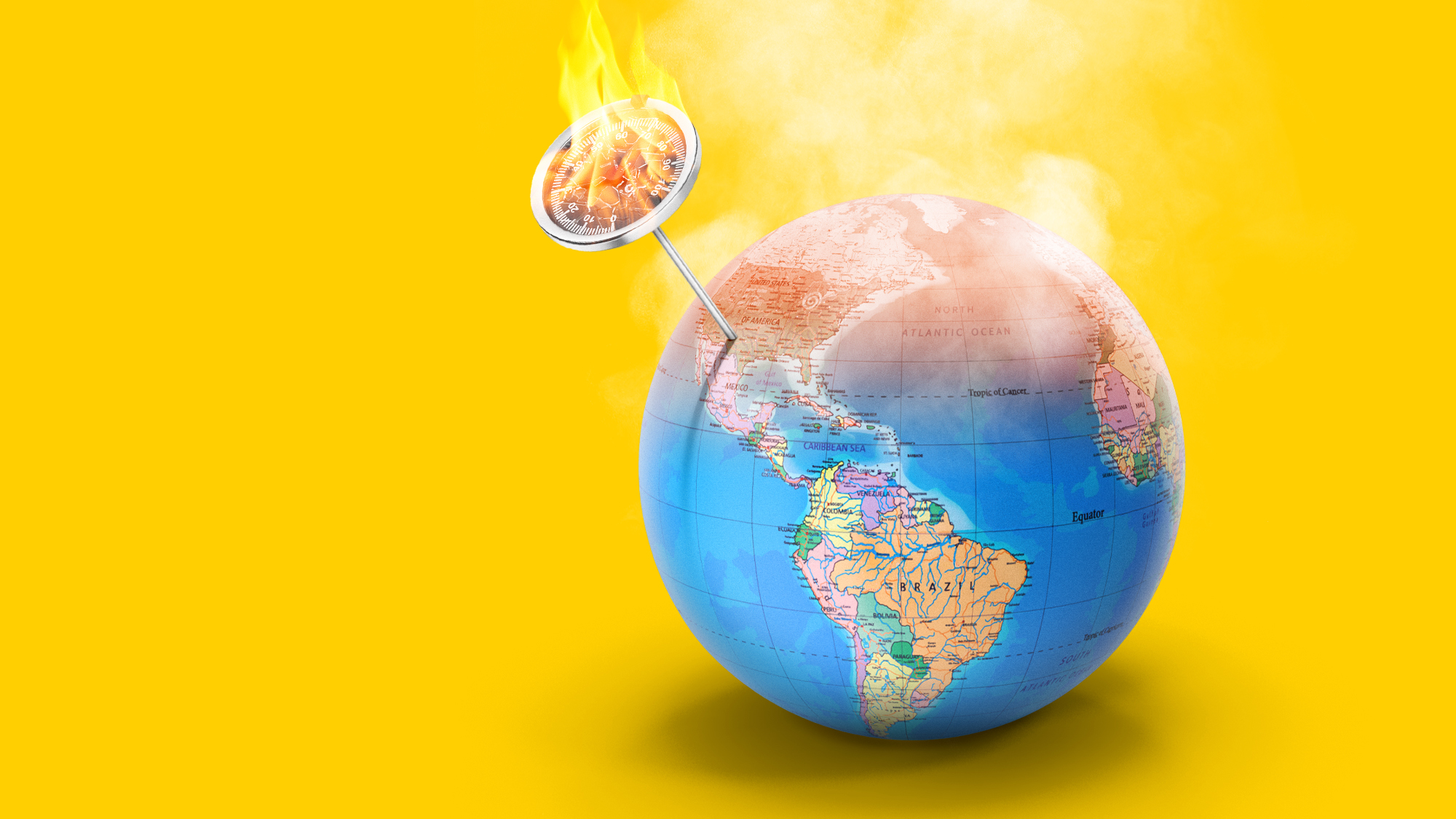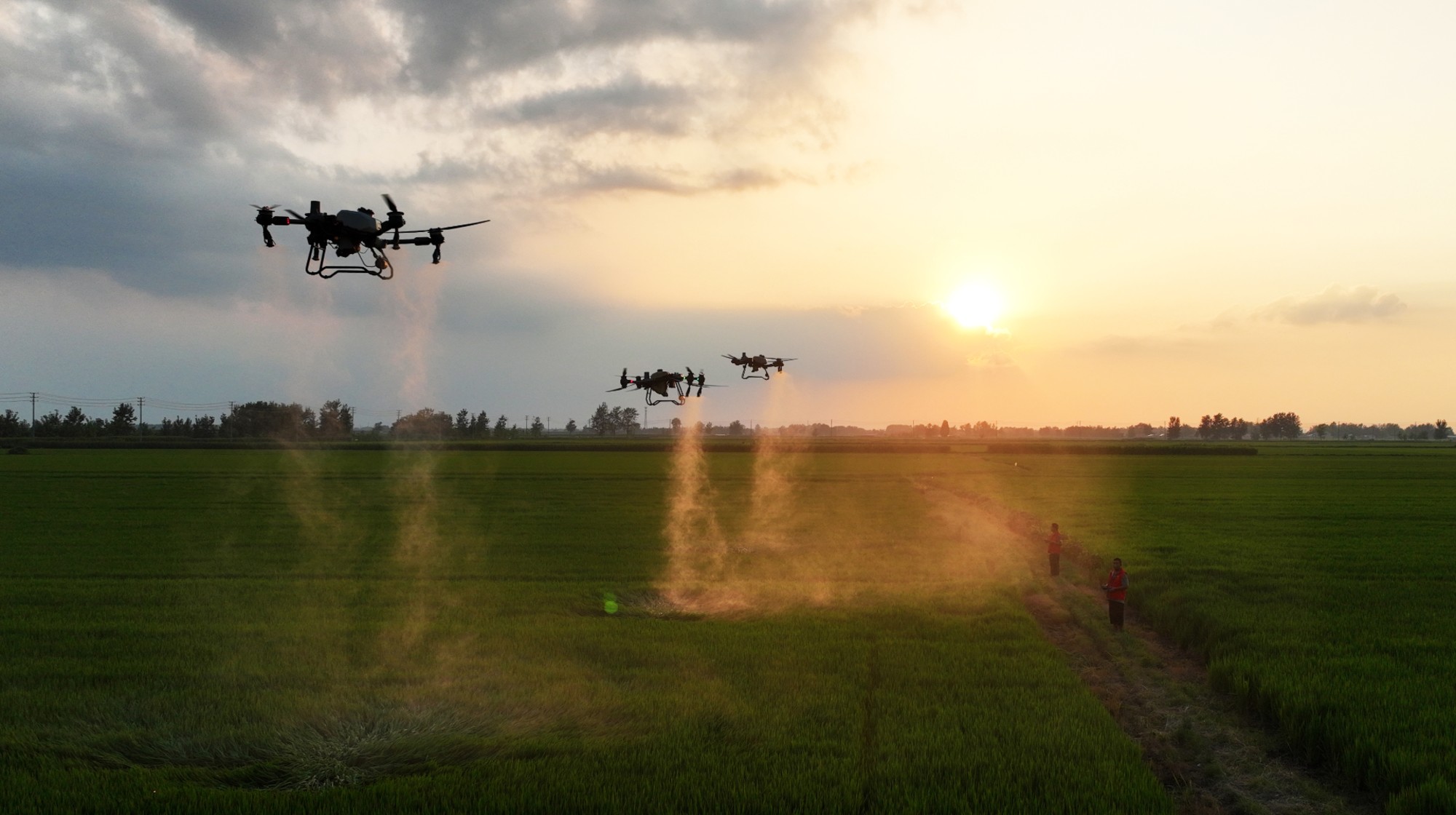Alaska faces earth-shaking loss as seismic monitoring stations shutter
NOAA cuts have left the western seaboard without a crucial resource to measure, understand and predict tsunamis


The west coast of the United States will be significantly more at risk from maritime earthquakes and tsunamis after this month. Nine seismic monitoring stations along the Alaskan coast are set to go dark in the coming days in a shutdown that will hamper scientists’ ability to track and measure potential natural disasters in the Pacific. Crucially, the closures — which follow hundreds of thousands of dollars in National Oceanic and Atmospheric Administration funding cuts — not only leave the Alaskan coast more in the dark about what could be headed ashore from the ocean depths, but also threaten the American mainland.
The public should be ‘concerned’
“For decades,” the Alaska Earthquake Center has collected and passed along seismological data and recordings from monitoring stations to NOAA’s National Tsunami Center, which “sends out a warning message within minutes” if conditions are met, said Alaska Public Media. But while that’s how the system has “historically worked,” it’s all “about to change.”
The stations, whose data helped researchers calculate the “magnitude and shape” of tremors along the Alaskan Subduction Zone, all relied on federal funding, which lapsed this year after the Trump administration “declined to renew,” said NBC News. The closures mean that Alaskan coastal communities may not only receive “delayed notice of an impending tsunami,” but other, more distant locations might receive a “less precise forecast” as well. The sites were maintained through a NOAA grant of $300,000 each year, which the Alaska Earthquake Center requested “through 2028, but it was denied.”
The Week
Escape your echo chamber. Get the facts behind the news, plus analysis from multiple perspectives.

Sign up for The Week's Free Newsletters
From our morning news briefing to a weekly Good News Newsletter, get the best of The Week delivered directly to your inbox.
From our morning news briefing to a weekly Good News Newsletter, get the best of The Week delivered directly to your inbox.
With the contract’s lapse, NOAA will “lose data from dozens and dozens of sites all around the state,” said Alaska Earthquake Center Director Mike West to APM. Perhaps even “more urgently,” the loss includes a “handful of sites out in the Aleutians and the Bering that have been there for decades specifically for this purpose.”
None of the sites slated for closure have ”substitute stations surrounding the ones that will go offline,” said KTUU. People should be “concerned” about anything that “degrades our earthquake and tsunami capabilities,” said West to the station.
‘California’s biggest tsunami threat’
While the closure of remote seismic monitoring stations in Alaska might not, at first glance, seem to affect the continental U.S., the loss of real-time oceanographic data could ultimately have dire consequences for the Pacific coast at large. While the cuts “don’t mean that a tsunami would go undetected” altogether, the stations being closed are among the only ones across the seismically active Aleutian Islands, “sometimes for hundreds of kilometers around,” said the San Francisco Chronicle.
Seismic measurement and warning systems are “critical for providing advanced tsunami warning along California’s coast,” said state geologist Jeremy Lancaster in a statement to the paper. And it is not just California. “The nation’s tsunami program began in 1946,” said West to APM, “after an earthquake here in Alaska killed 150 people in Hawaii.”
A free daily email with the biggest news stories of the day – and the best features from TheWeek.com
In a statement to KTTU, Alaska Sen. Lisa Murkowski’s (R) office said she “has been made aware and is actively reviewing next steps to ensure that Alaskans continue to have reliable, real-time seismic monitoring capacity.”
Rafi Schwartz has worked as a politics writer at The Week since 2022, where he covers elections, Congress and the White House. He was previously a contributing writer with Mic focusing largely on politics, a senior writer with Splinter News, a staff writer for Fusion's news lab, and the managing editor of Heeb Magazine, a Jewish life and culture publication. Rafi's work has appeared in Rolling Stone, GOOD and The Forward, among others.
-
 Critics’ choice: The year’s top 10 movies
Critics’ choice: The year’s top 10 moviesFeature ‘One Battle After Another’ and ‘It Was Just an Accident’ stand out
-
 The small Caribbean island courting crypto billions
The small Caribbean island courting crypto billionsUnder the Radar Crypto mogul Olivier Janssens plans to create a libertarian utopia on Nevis
-
 Political cartoons for December 21
Political cartoons for December 21Cartoons Sunday’s political cartoons include Christmas movies, AI sermons, and more
-
 Trump aims to take down ‘global mothership’ of climate science
Trump aims to take down ‘global mothership’ of climate scienceIN THE SPOTLIGHT By moving to dismantle Colorado’s National Center for Atmospheric Research, the White House says it is targeting ‘climate alarmism’
-
 DOJ targets ‘disparate impact’ avenues of discrimination protection
DOJ targets ‘disparate impact’ avenues of discrimination protectionIN THE SPOTLIGHT By focusing solely on ‘intentional discrimination,’ the Justice Department risks allowing more subtle forms of bias to proliferate
-
 Homeland Security Secretary Kristi Noem might not be long for Trumpland
Homeland Security Secretary Kristi Noem might not be long for TrumplandIN THE SPOTLIGHT She has been one of the most visible and vocal architects of Trump’s anti-immigration efforts, even as her own star risks fading
-
 Constitutional rights are at the center of FBI agents’ lawsuit
Constitutional rights are at the center of FBI agents’ lawsuitIn the Spotlight The agents were photographed kneeling during a racial justice protest
-
 The Trump administration says it deports dangerous criminals. ICE data tells a different story.
The Trump administration says it deports dangerous criminals. ICE data tells a different story.IN THE SPOTLIGHT Arrest data points to an inconvenient truth for the White House’s ongoing deportation agenda
-
 Looming drone ban has farmers and farm-state Republicans anxious
Looming drone ban has farmers and farm-state Republicans anxiousIN THE SPOTLIGHT As congressional China-hawks work to limit commercial drone sales from Beijing, a growing number of conservative lawmakers are sounding an agricultural alarm
-
 A crowded field of Democrats is filling up the California governor’s race
A crowded field of Democrats is filling up the California governor’s raceIn the Spotlight Over a dozen Democrats have declared their candidacy
-
 ‘It’s ironic in so many ways’
‘It’s ironic in so many ways’Instant Opinion Opinion, comment and editorials of the day
